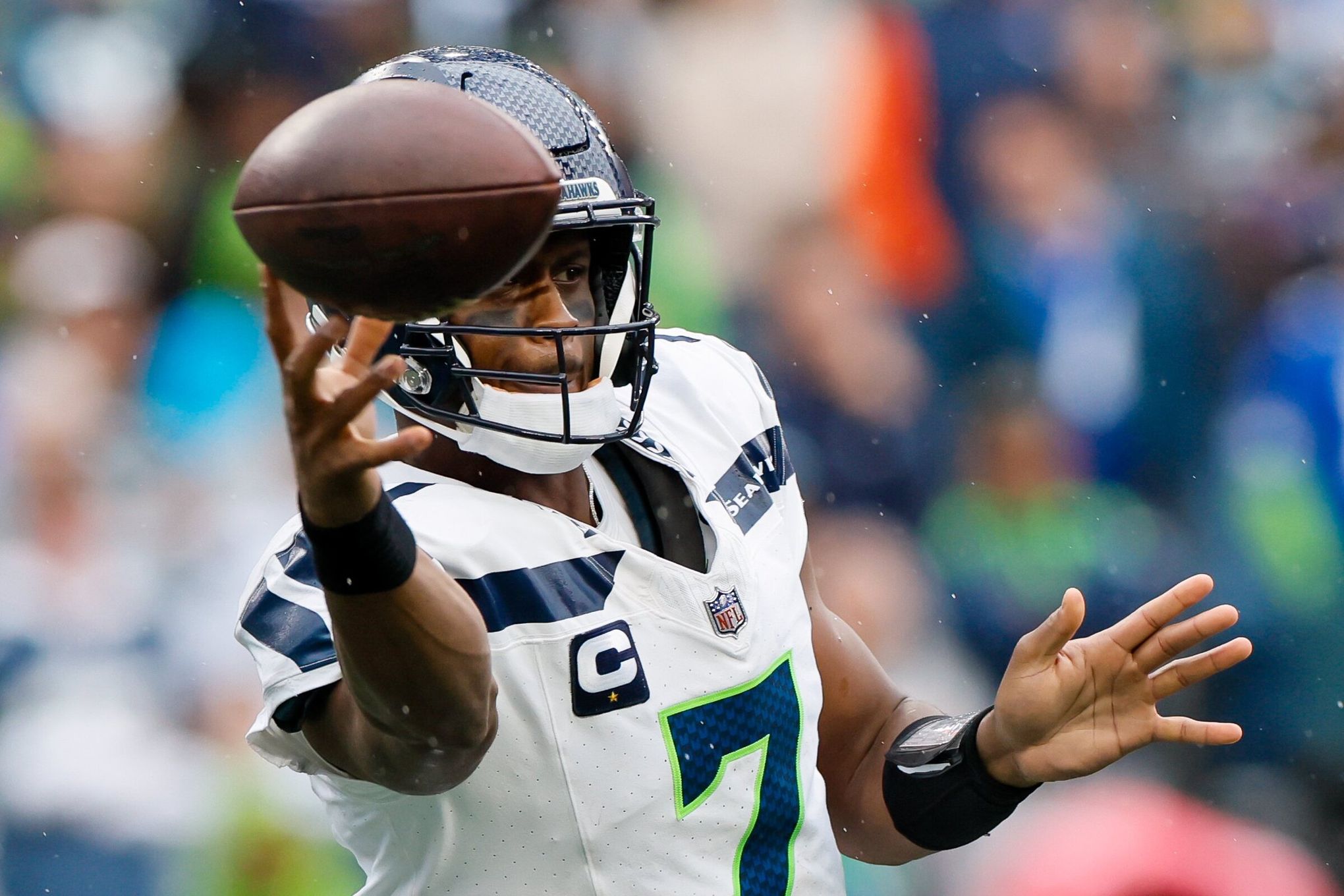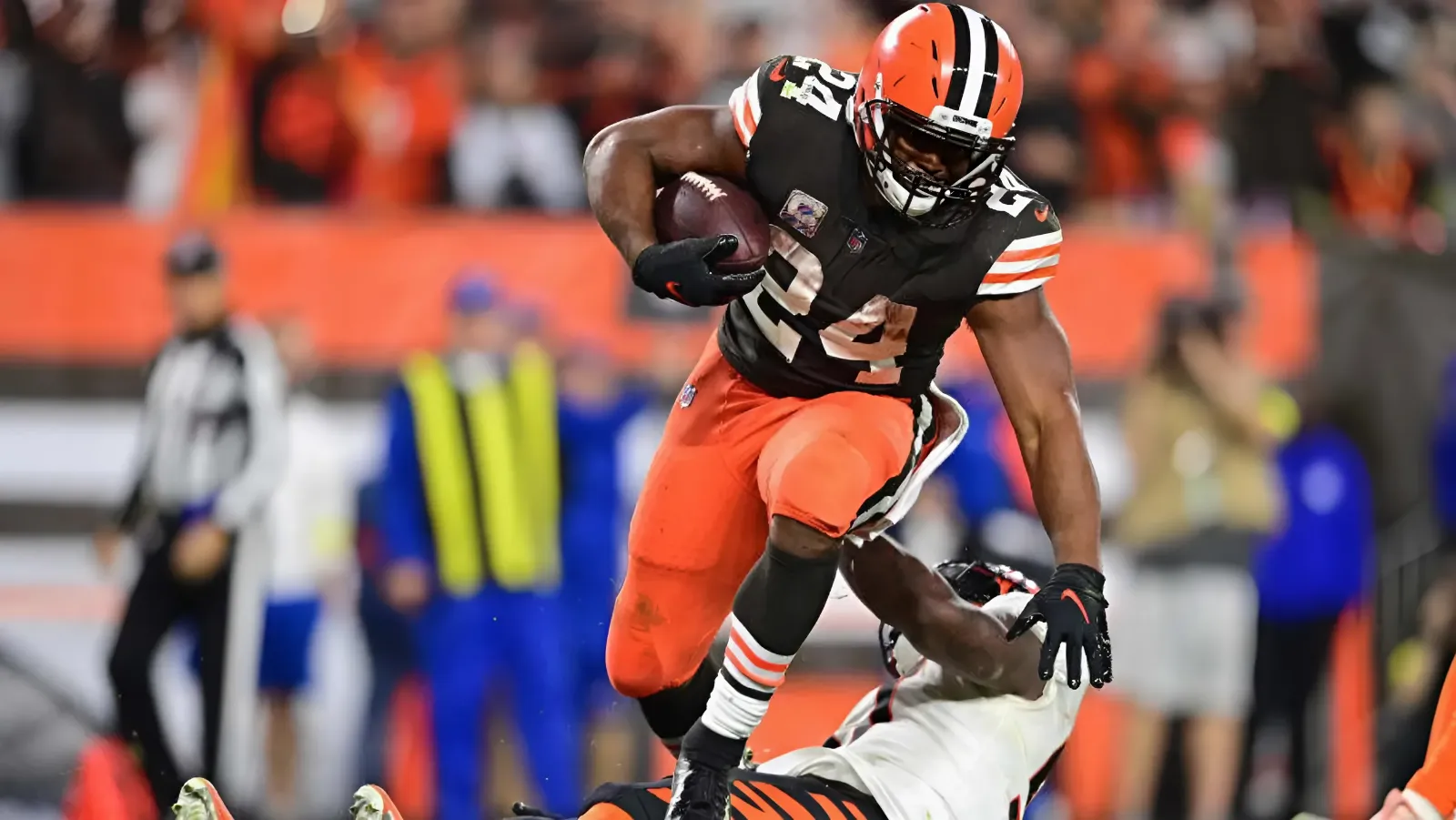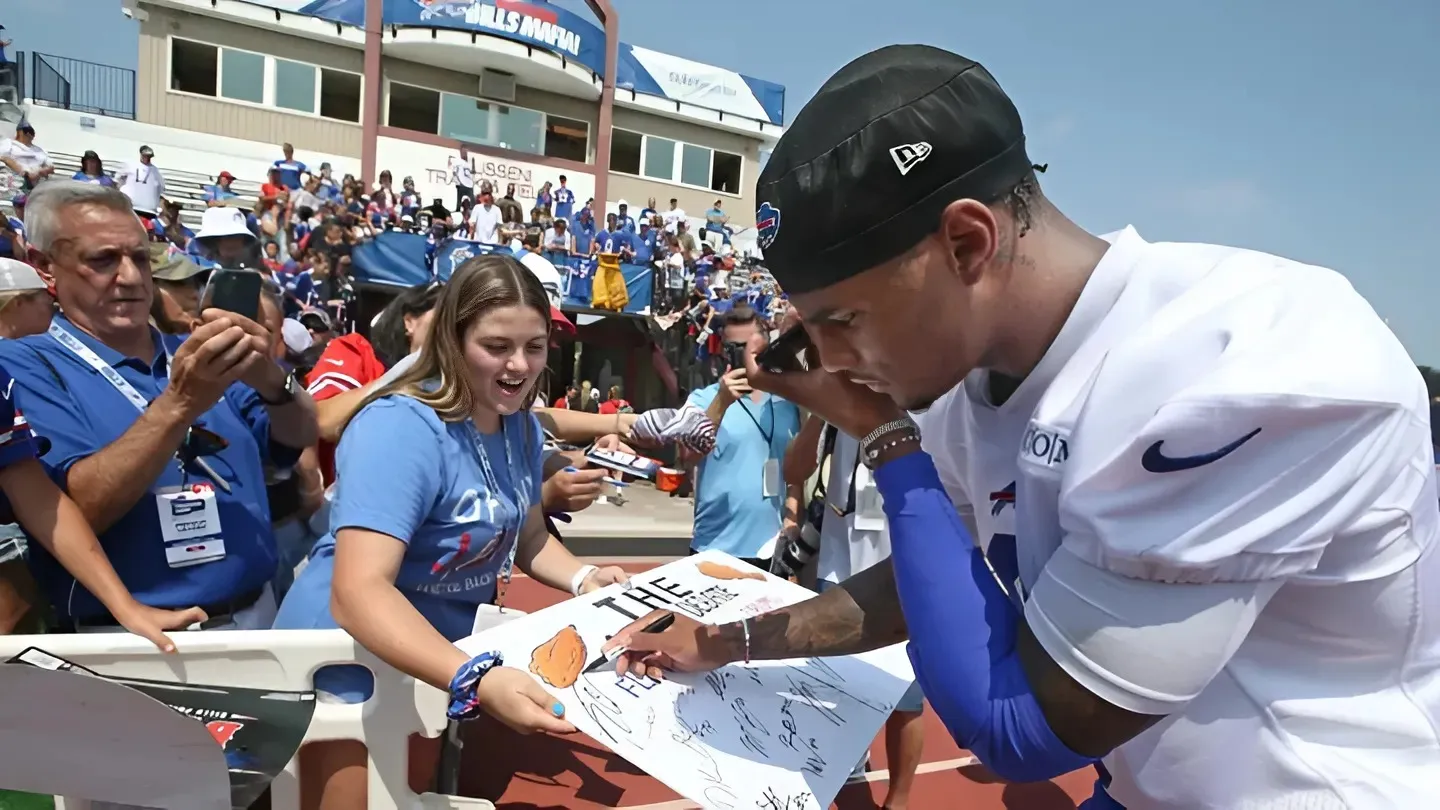The Seattle Seahawks’ passing offense was humming versus the New England Patriots despite the offensive line. Its rushing attack, however, couldn’t overcome the deficiencies with running back Kenneth Walker III sidelined.
The offensive front has been the Seahawks’ Achilles heel through two games. It showed significant improvement in the second half of their season-opening win versus the Denver Broncos but took a massive step back against New England.

“We’ve got to move people, man,” Seahawks head coach Mike Macdonald told reporters on Monday. “Right now, we’re not moving them. So that’s a challenge for us moving forward.”
In Walker’s absence, second-year running back Zach Charbonnet rushed 14 times for 38 yards (2.7 yards per attempt) and a touchdown. It would be easy to blame Charbonnet, but that wouldn’t be accurate.
Charbonnet had no room to run the ball. Against Denver, Walker had just 19 yards rushing in the first half — dealing with similar issues upfront — before offensive coordinator Ryan Grubb schemed his top rusher to a more productive second half. Walker finished with 103 rushing yards and averaged 5.2 yards per attempt.
Those adjustments never materialized against the Patriots. Charbonnet was forced to continue banging his head against the wall until the Seahawks began almost exclusively putting the ball in Geno Smith’s hands. Smith dropped back to pass on 30 of Seattle’s 37 offensive plays in the second half and overtime.
“You leave the Denver game thinking, ‘Hey, we’re on a good trajectory here.’ Going to the New England game, we didn’t run it as effectively,” Macdonald added. “Now, we threw the heck out of the ball and did what we needed to do to win the game. But moving forward, especially in those situations where we need to run the ball, we’re going to have to get that done.”
Nine of Charbonnet’s 38 yards came on the Seahawks’ final offensive play to set up Jason Myers’ game-winning field goal. Charbonnet had the second-highest average time behind the line of scrimmage (3.27 seconds) of any rusher with a minimum of 10 attempts in Week 2, per NFL Next Gen Stats.
“[Charbonnet] just keeps going,” Macdonald said. “There wasn’t a lot there for him, so I thought he ran hard, executed well in the tempo type stuff.”
Smith’s ability to maneuver the pocket allowed the passing game to flourish in the run game’s absence, and the offensive line played better as a unit in pass protection. Eventually, however, some answers have to be found in paving the way for Seattle’s running backs.
The Seahawks cycled offensive guards to try and find those answers against the Patriots. Veteran Laken Tomlinson played every snap at left guard, but rookie third-round pick Christian Haynes saw 15 snaps at right guard in place of Anthony Bradford, per Pro Football Focus.
In pass protection, Bradford was the only one of the three not to allow a pressure, per PFF. Tomlinson and Haynes combined to give up four pressures, three quarterback hurries and a sack. Right tackle Stone Forsythe gave up a team-high five pressures and four hurries but didn’t allow a sack.
“I’ll kind of leave the offensive line rotation to keep it more under wraps, but it’s still an ongoing thing,” Macdonald said. “I thought [Bradford] had some good plays.”
Seattle must find a combination up front that is both less porous in pass protection and more consistent in the run game. The current starting group may not be the same one by mid-season. Injuries haven’t helped, of course, as starting right tackle Abraham Lucas continues to work back from a knee issue and backup George Fant sustained a knee injury in Week 1.
Macdonald, Grubb and offensive line coach Scott Huff will have their hands full fine-tuning the group’s performance moving forward. In the meantime, getting a running back as dynamic as Walker back on the field could help hide some of the struggles.




